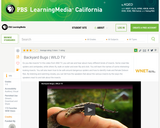
This video segment from Wild TV takes a closer look at backyard bugs, their habitat and characteristics.
- Subject:
- Fine Arts
- Material Type:
- Lecture
- Provider:
- PBS LearningMedia
- Provider Set:
- Teachers' Domain
- Date Added:
- 08/26/2008

This video segment from Wild TV takes a closer look at backyard bugs, their habitat and characteristics.
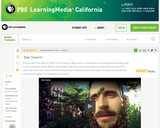
Learn about bees, their habitat and how to interact with a swarm in this Wild TV video segment.
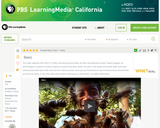
In this video segment from WILD TV, learn about bees and the different techniques for handling them.
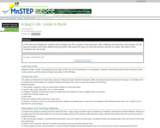
This activity is a biology lab investigation where students create habitats to observe decomposers in a controlled setting.

This activity will include the students observing the monarch life cycle inside the classroom, a field experience observing monarch life on a milkweed plant and drawing it, and back in the classroom students will make a pop-up book of the monarch's life cycle with a short description on each page.
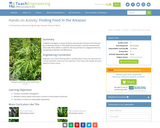
In this activity, the students will investigate a variety of plants and animals common to the Amazon through research. They will determine the plant or animal characteristics that make them edible or useful for the trip and learn to categorize them by comparing similarities and/or differences.
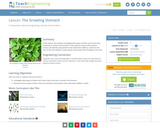
In this lesson, the students will investigate what types of plants and insects they could eat to survive in the Amazon. They will research various plants and/or insects and identify characteristics that make them edible or useful for the trip. The students will create posters and present their findings to the class.
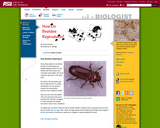
Every living thing must be able to reproduce and make offspring. Most of us are familiar with how humans and mammals make babies, but do all creatures reproduce in the same way? Do insects, like the beetle, give birth to little insects? Also in: French | Spanish
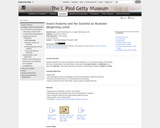
Students observe live insects and examine insects depicted in a seventeenth-century drawing. They identify the three characteristics of an adult insect: a three-part body (head, thorax, and abdomen), six legs, and antennae. They collect and draw live insects, incorporating a variety of shapes and lines.
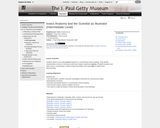
Students observe and study insects depicted in a seventeenth-century drawing. They identify characteristics common to all insects and those unique to particular species. Students research and draw insects, incorporating a variety of lines and shapes and using value to depict three-dimensionality.

This activity is a field investigation or bio-blitz where students are collecting as many different types of insects as they can. Back in the lab, they will record their findings, sort and classify the insects found. This will lead into a class discussion on biodiversity and the importance of insects and their benefits all living things.
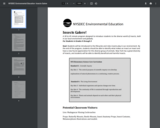
Students will explore the features of an insect and was as the various roles different insects play within the environment. Students will also learn about the stages of metamorphosis.
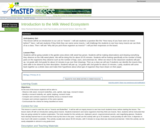
This activity is an inquiry and field study based. Students will be trying to observe, document, compare, contrast, and communicate what information they were able to gather. The will use this information to make in inference about the organisms they have found and classify them as either an insect or not an insect.

This activity is a field investigation where students collect insects to analyze, observe, and classify

This Informational text focuses on the migration habits of the grasshopper/locust and the gray whale.

Kindergarten Lesson involving Math modeling practices including: Notice and wondering, quantities and assumptions, sharing of student ideas, what if questions, and other key components.
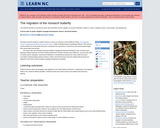
The students will listen to and discuss books about butterflies and the migration of monarch butterflies to Mexico in order to integrate science, social studies, and language arts.

Unit Title: Near Nature Exploration Developed by Tiffany Lodholz, High Marq Environmental Charter School Grade Level:6-12 Content Area(s): Environmental Science, Science, ELAOver the course of a semester students in grades 6-12 engaged in various nature journaling activities that allowed them to connect, explore, and engage with the environment around them. Students participated in monthly phenological observations, discovered ways to use nature journaling for scientific study, and developed new techniques for looking closer and making deeper, more meaningful observations.A series of five outdoor nature journaling lessons are described:Qualitative PhenologyNature JournalingSAUNTERBug RadnessFrog Fest!
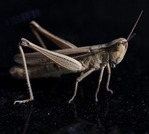
OpenSciEd 8.2 Lesson 2 Quizziz: How do insects make sounds? Link to interactive classroom learning and formative assessment.

In this field exploration, student teams (consisting of 3 students) will investigate whetherincandescent, fluorescent or a no light situation will attract the most nocturnal insects.